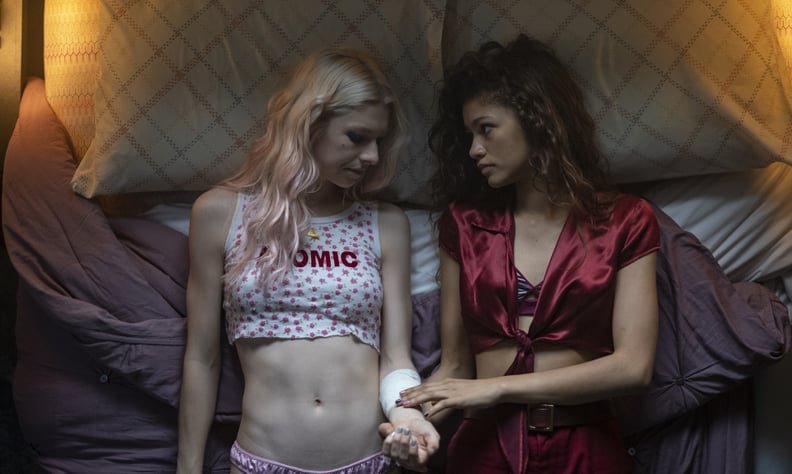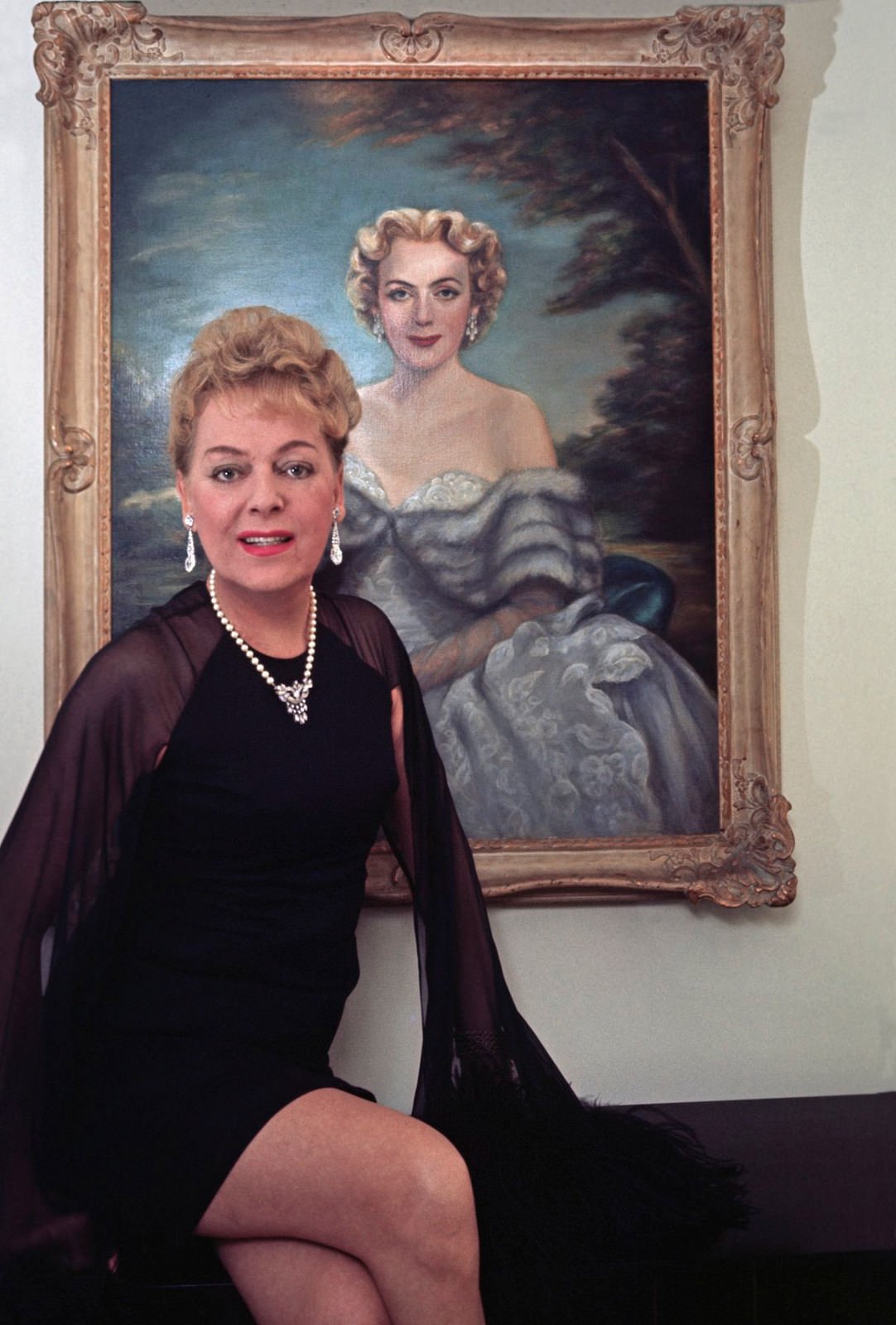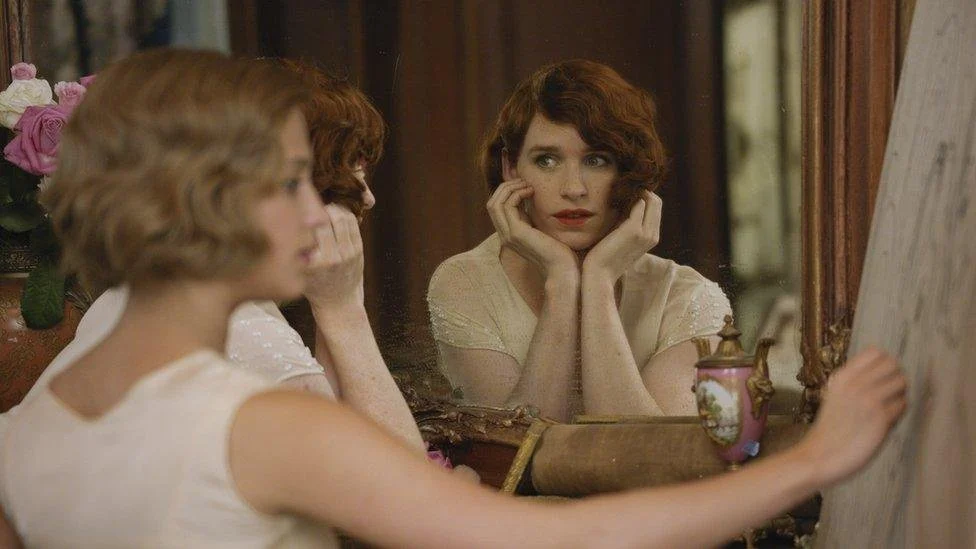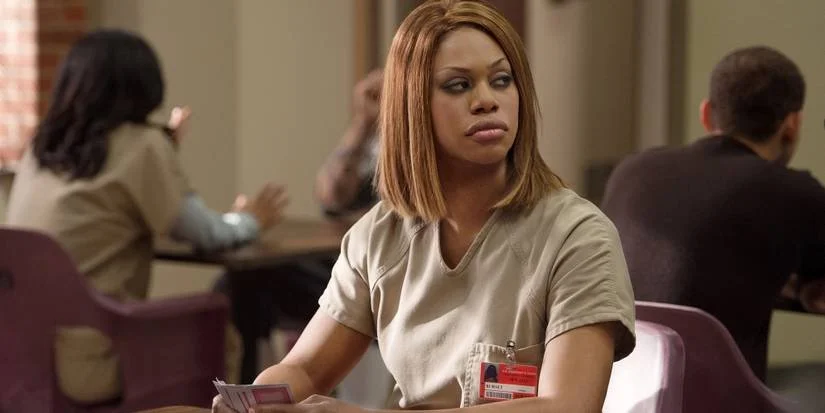Trans Women in Media: Inclusivity or toleration?
By Jerron Leary
2025
Since the beginning of media forms like print, broadcasting, film, and music, the general consumer has seen representations of themselves in many aspects. Over time we have seen characters, and their perspective stories evolve, making way for more modern society stories to be told. Within the past ten years we have seen numerous depictions of trans women’s stories being told in the media, however, it is more than likely not in the best of light. In media today positive representation has been a constant to not only gain attraction, but to also help make people feel included and seen. The media has an equal responsibility to challenge the harmful stereotypes often depicted in reference to trans people and our experiences. Lacking this positive representation and perpetuation of negative tropes can lead to severe consequences for the mental health and well-being of trans individuals collectively.
Following the 1950’s emergence of trans icon Christine Jorgensen (who was an American actress, singer, trans activist, and the first person to become widely known in the U.S. for having sex reassignment surgery), there have been many figures in the trans community who set out make sure that trans voices were heard in both positive and informative manners. From foreign Racing Driver Roberta Cowell to NYC activist and drag queen Marsha P. Johnson, these trans women and allies made it clear that proper treatment and representation of the trans community was imperative and fought for the very change we see today.
Since the earliest portrayals of trans women and their stories, their characters have always had negative stereotypical plots and storylines, leaving a not so pleasant perception of the trans community as a whole. In these portrayals, the characters are usually a villain, boisterous, unkempt, or completely scandalous, all of which are not solely associated with trans women or their real-life experiences. These negative connotations exemplified have further fueled the horrible ways real trans people are treated in their everyday lives, even leading many people to support policies and regulations that completely go against everything trans people have been here fighting for (like basic equal treatment) over the last twenty plus years. (Bettcher) According to GLAAD, a non-government media monitoring organization funded by LGBTQ people in media, since 2012 there have been 102+ different television shows featuring trans people and their stories, and about 21% or more of them have featured a trans woman as a negative character/villain of some sort. (Reitz) This same study revealed that the 2021 to 2022 period saw a complete rise in LGBTQ+ representation in all kinds of media forms, mainly on broadcast television with a total of 42 regular and recurring trans characters, which is 20 more than just the previous year. So granted the stories are being developed and told, they have not been the most accurate or flattering, leading me to the question of: Is it inclusivity? Or is it simply toleration?
It is clear that a lot of these roles centered in trans-identity have not been made for the benefit of trans women and men. Many of these shows and productions have used trans women as comedic relief, usually at their own expenses (being made fun of by cis-het characters) or have even been portrayed by cis-het actors, which for me defeats the purpose of a trans character entirely. Jill Soloway’s “Transparent”, a 2014 Amazon produced show starring Jeffrey Tambor, is a dark family comedy based on a father who reveals to his three adult children that he is now preferred she and starts living as a transgender woman dealing with all the dysfunction that ensues following this revelation. While the show was hugely impactful in telling this real-life story, the idea of using a heterosexual male actor for a trans role has never sat right with me or many people in the LGBTQ+ community. In doing this, it feels completely inauthentic to the storytelling and with so many actual trans actors and actresses vying for the chance to shine in roles that pertain to them, this seems very unjust. Jeffrey was even later accused of sexual harassment on the set of this show by both a female assistant, and a Trans co-star, which speaks volumes to the continuing problem with men in positions of power within Hollywood, regardless of the characters they have portrayed.
Further examples of cis-het actors playing trans roles would be Hillary Swank in “Boys Don’t Cry” as well as Jared Leto in “Dallas Buyers Club” both of whom have won Oscars for their performances in each, while no actual trans actors have ever won an Oscar for any performance. (White) Another exploitive instance regarding trans characters is the fact that although they are incorporated in many storylines, their characters’ emotional and social struggles have often been ignored. Tom Hooper’s “The Danish Girl” (2015) starring actor Eddie Redmayne (another cis-het actor) as Lili Elbe, is about a Danish painter and one of the first trans women to have sex re-assignment surgery. Based on the true story of Elbe and her wife Gerda, the film mainly focuses on how Gerda struggles to accept her once husband as trans and the “loss” over him. Lili is displayed as the reason for her wife’s pain and suffering causing the audience to sympathize with Gerda overall, neglecting any and all emotional viewpoints of Lili. Details like this further perpetuate that trans women are “the problem” which does not help the already marginalized group in any way whatsoever. (Reitz)
Despite the many improper portrayals like on NCIS, CSI, or Law & Order (where transwomen have been sexually assaulted and murdered), there have been numerous features where trans women have been shown in a positive light, as well as the roles being occupied by real transwomen. Netflix’s “Orange is the New Black” (2013) starred Laverne Cox, a trans woman of color portraying the character Sophia Burset, a trans inmate in a prison full of biological women. While she is both a criminal and a victim, which are common tropes trans characters are cast as, this specific angle on a show full of characters with their own stories really stood out for me as it chronicled a journey not many of us would be privy to. Most often trans women are sent to male prisons which could prove even more dangerous than that of the story line given to Sophia. Since the show’s conclusion, Laverne’s portrayal of Sophia has been hailed as one of the most iconic LGBTQ+ characters of all time and the actress was nominated at the (2014, 2017, 2019, 2020) Emmys for her role in the show becoming the first openly transgender person to be nominated for an Emmy Award since composer Angela Morley in 1990. (Damshenas) She has since won an Emmy (2015) as executive producer for “Laverne Cox Presents: The T Word”, making her the first openly transgender woman to win the award for the given category.
Another important trans character in recent history for me has been that of Jules Vaughn (played by trans actress Hunter Schafer) of Sam Levinson’s “Euphoria” (2019). The show follows the story of teenage angst in today’s society, and Jules’ story was nothing short of fascinating for me. She is young and fully in control of her narrative and how others view her and while she is a trans character in the show, it was not her defining aspect. She also dated a girl (Rue) who is the shows main character, and this minor yet impactful detail changed the entire dynamic of how transwomen can be viewed as most would assume that transwomen solely dated men which is not the case at all and further indicates that transness is not centered in sexuality as many also assume. (Damshenas)
Ryan Murphy’s “Pose” (2018) centers in ballroom culture and examines the lives of several trans women of color (all trans actresses) in the gritty setting of 80’s and 90’s NYC. This show was most impactful for me as I was able so see so many characters as representations of my own lived experiences. It proved as confirmation that there were people just like me, a sentiment so many other people have had expressed through mainstream media since its start. (Damshenas)
In shaping culture and how we see one another in this modernized world, mainstream media’s job is to show representations of everyone and just as race is carefully moderated and displayed to the masses, so should gender identity. Young adults are at the forefront of change and acceptance when it comes to issues surrounding gender identity, which is why it is imperative that we see more trans people in media and make spaces for more stories and their adjacent portrayals to be told. The more we see these positive and enlightening characters and stories, the more they become humanized to the many who digest media today and may not understand trans people or their experiences. It is also important that trans actresses continue to be hired in these perspective roles not only because it adds to the authenticity of these trans stories, but it could also make for a bigger impact on a young trans person like I once was, who did not have figures on television or magazines who I could confidently identify with, inspiring me for a lifetime.





